When Bubbles Burst: Surviving the Financial Fallout
$18.08
| Author(s) | |
|---|---|
| Format |
|
| Pages |
251 |
| Publication Year |
2009 |
John Calverley’s new book is about understanding what’s going on, how policy impinges on it, what investors can do and what is likely to happen. This extremely topical and timely new book from the well-known economist and Head of Research, Standard Chartered Bank is the first book to examine in depth the financial fallout of 2008 and explore the implications and solutions for individuals, companies and central banks.
Author’s Note:
When any bubble goes bust, some people lose. Experienced speculators can be caught out, though they sometimes recognize the end of a bubble and cut their positions in time. Most importantly, they usually know how to limit their risk to a bearable level. The investors who really suffer are those who are drawn in, often at the late stages of a bubble, with very little experience of how to manage risks. For a bubble to continue to inflate it needs more and more people to invest, risking more and more money. The end of the bubble occurs either because there is nobody left to be drawn in, or because some event makes people start to sell.
If bubbles affected only a few investors, with little impact on the overall economy, they would be of limited importance. Some bubbles are indeed like that. The bubble in classic car prices in the late 1980s, for example, had only minor repercussions. A few people made a lot of money on the way up and some lost when prices crashed at the end of the decade, but the numbers involved were small. Obviously classic cars cannot be newly manufactured so, although there were some new dealers who set up during the bubble and then closed after the bust, the wasted resources involved were small. The bubble in Impressionist paintings at the same time had a similarly limited effect, as did bubbles in silver and gold prices in the 1970s.
However, bubbles can cause major problems when they occur in an asset that is widely held. Then, not only do a large number of people suffer directly when the bubble bursts, as the bubble inflates it also interacts with the economy, creating a self-reinforcing boom and bust. Stock market bubbles are dangerous, but historically the most dangerous of all have been real estate bubbles. The difference is that a collapse in stocks is usually not enough to take down the banking system. But a collapse in real estate values undermines the collateral on which banks rely.
THREE MAJOR ISSUES:
This book focuses in on three sets of questions. First, what will be the outcome of the current crisis? How bad will it get? How far will house prices fall? Will there be a major recession? Will the downturn lead to deflation or will the measures to deal with it eventually lead to inflation? Secondly, what should policy makers do? Are there ways to prevent bubbles inflating? Should they try to regulate bank lending more closely? How should they react when the bubble bursts? Finally, what should investors do? Are there clear warning signs of bubbles and busts, from valuations or other factors? How can investors protect themselves? Should they consider going back in to buy houses or stocks and at what levels? These are the issues that will be discussed in Part III of this book. First, we need to take a look at the origins and effects of previous bubbles in Part I, and particularly at the problem of the housing bubble in Part II.
Contents:
- An Anatomy of Bubbles
- The Great Depression
- Japan and the Specter of Deflation
- The 1990s Stock Bubble and Reflation
- The Worldwide Boom
- Britain’s Bubble Bursts
- US Bubble and Bust
- The Financial Crisis and Household Debt
- The Pathology of Bubbles
- Valuing Markets Sensibly
- New Policy Approaches
- Strategies for Investors
- Final Thoughts: After the Housing Bust
When Bubbles Burst: Surviving the Financial Fallout By John P. Calverley pdf
4 reviews for When Bubbles Burst: Surviving the Financial Fallout
Clear filtersOnly logged in customers who have purchased this product may leave a review.

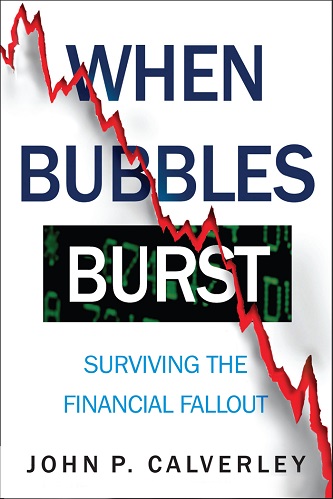
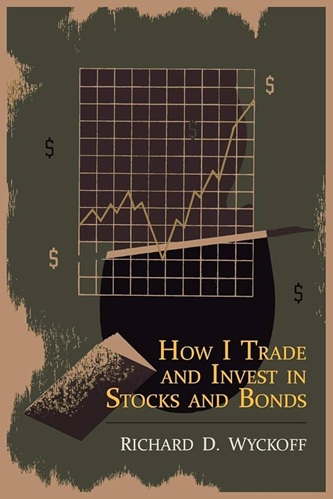
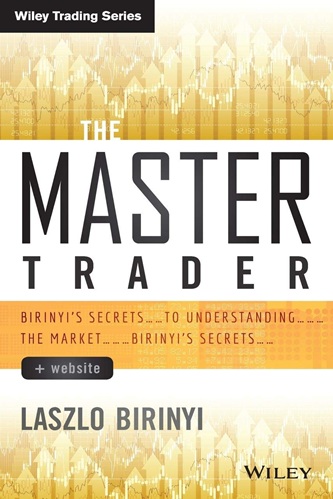
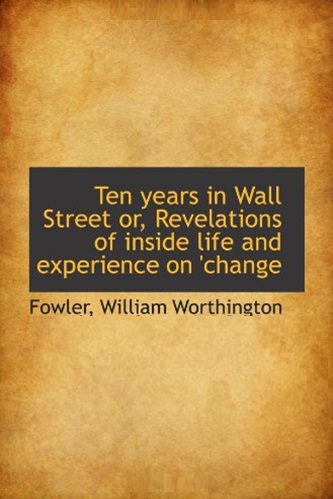
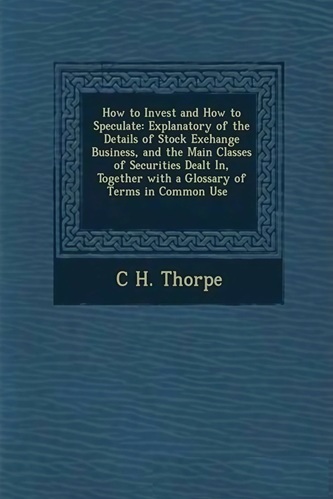
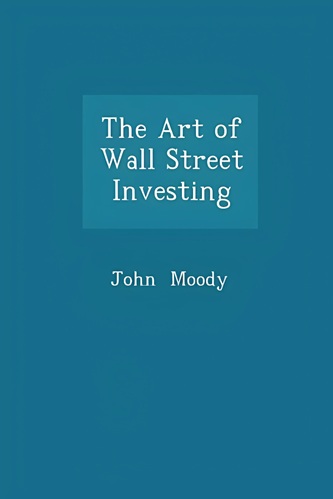
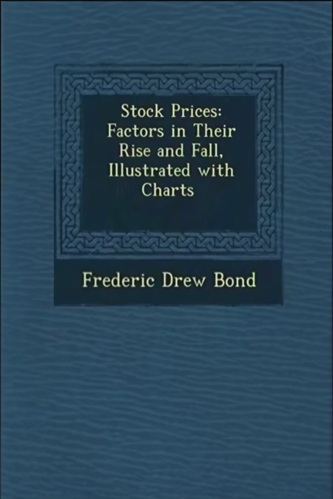
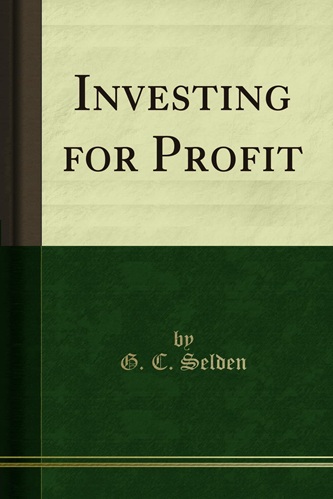

Franco Conway (verified owner) –
If you are worried about your future, read this book with care. If you’re not, read and take heed. This is high quality, X-rated stuff, not for the faint-hearted, written with great clarity and balance. Essential reading on any public financial education course.
Jason Navarro (verified owner) –
A clearly written analysis that deftly uses statistical data to reveal the nature of bubble/bust cycles and offers insights on how to deal with them.
Seth Sierra (verified owner) –
This is a must read for anyone considering investing in housing or stocks as well as market practitioners wishing to glean insights into how the herd can behave.
Ryann Manning (verified owner) –
Indispensable for everyone, investors and students alike, who wants to understand how bubbles arise – and how to avoid being caught out by the next one.